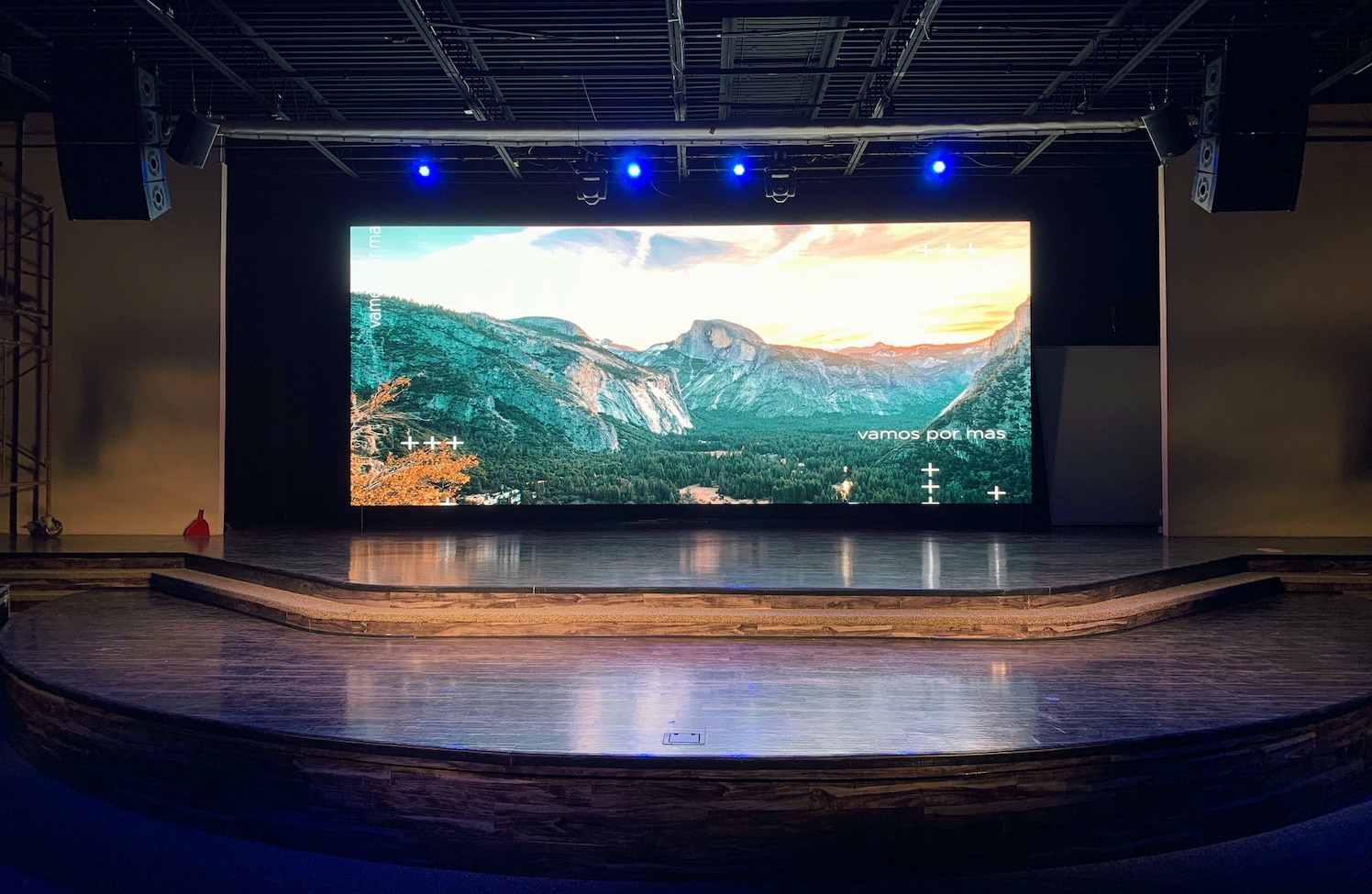Cutting-edge Methods to Boosting Mobile Connectivity Systems for Luminescent Wall Screens.
Wiki Article
Untethered communication solutions for LED wall panels have redefined the way we experience visual interfaces in various settings, such as concerts, corporate gatherings, and advertising. These units, known for their vibrant colors and high clarity, rely heavily on stable wireless networks to function optimally. As technology continues to evolve, innovative strategies are being engineered to enhance these wireless solutions. This discussion will examine some of the latest techniques aimed at improving wireless connectivity for LED wall displays.

One notable approach to improving wireless communication is the use of advanced antenna systems. Antennas play a critical role in transmitting and capturing signals between devices. By employing adaptive antenna arrays, which can adapt their orientation and focus based on the environment, manufacturers can significantly enhance signal integrity and stability. This adaptability helps reduce disruption from other electronic systems and obstacles, leading to clearer video quality and more stable link performance for Light Emitting Diode wall panels.
Another innovative approach involves utilizing mesh network architectures. Unlike traditional wireless setups that depend on a single router, mesh systems consist of multiple connection points that work together to spread the internet signal over a larger area. This structure guarantees that Light Emitting Diode wall panels receive a steady signal regardless of their placement. In venues like arenas or large event centers, where physical obstructions may interfere with signals, mesh technologies provide a more robust framework by maintaining connectivity even in high-traffic environments.
Moreover, integrating edge processing into wireless connectivity can enhance efficiency for LED wall displays. Edge computing enables data processing to occur near the source of data generation rather than relying solely on centralized cloud infrastructure. By analyzing data at the edge of the Luminescent Diode wall units, the architecture minimizes latency, resulting in quicker response times and Find Out More smoother video playback. This development is especially beneficial for use cases that demand real-time responses or interactive functions, making visual displays more immersive for viewers.
Lastly, adopting new communication protocols can also improve wireless network performance for Light Emitting Diode wall screens. Protocols a great post such as 802.11ax and 5G offer greater bandwidth and accelerated data throughput compared to previous standards. These advancements allow multiple devices to connect simultaneously without sacrificing performance. As LED wall panels are often used in conjunction with other smart devices, implementing these modern protocols ensures that all systems can interact seamlessly, leading to an significantly improved user interaction.
In conclusion, the enhancement of wireless connectivity technologies for Light Emitting Diode wall displays is crucial as technology continues to evolve. Through innovations such as intelligent antennas, mesh networking systems, edge computing integration, and new communication protocols, manufacturers can provide better performance and reliability. These strategies not only improve the functionality of Luminescent Diode wall panels but also elevate the visual experiences they offer across various settings. As these advancements continue to progress, viewers can anticipate even more impressive visual presentations in the future.